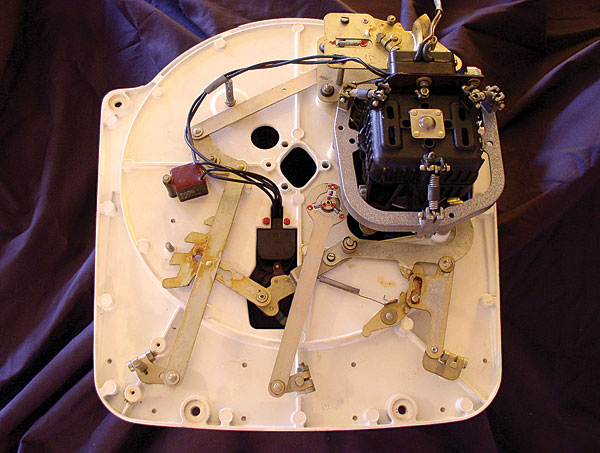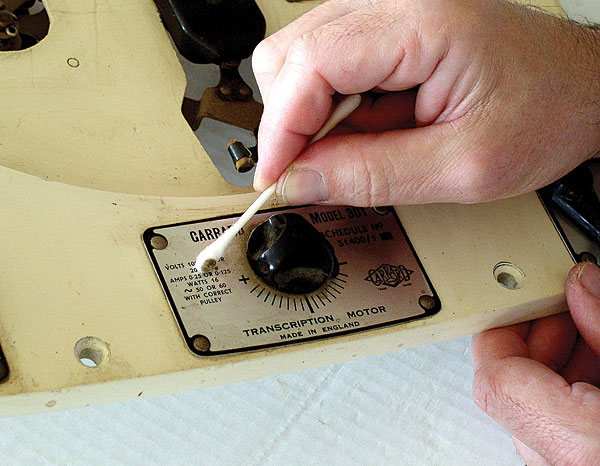| Columns Retired Columns & Blogs |
It's great you found time for your refurbishings. I enjoy reading about them.
Too bad about the misrepresentation in "AA" postings. I can't tell from your ventoid here what aCtually happened, but these things are unfair indeed.
Keep up the good work here, thanks!
WillW







































